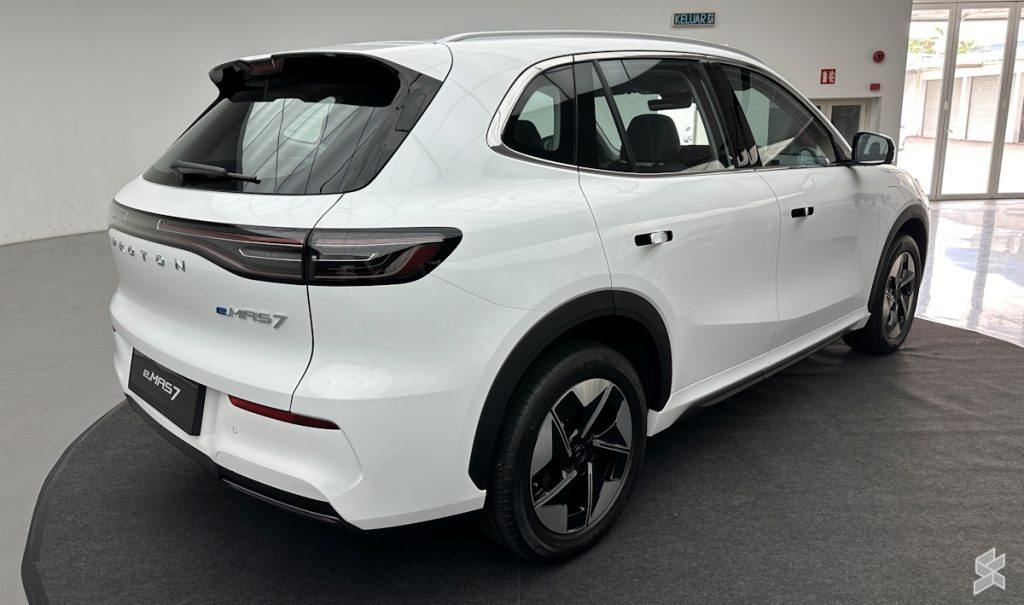Qualcomm has yet to announce the Snapdragon 8 Gen 4 chip, which reportedly offers a significant boost in performance compared to last year’s Snapdragon 8 Gen 3 chip. The OnePlus 13, Xiaomi 15 series, Oppo Find X8 Ultra, and the vivo X200 Ultra are some of the devices that will equip the upcoming flagship chipset from Qualcomm. A recent rumor also suggests that the name of Qualcomm’s next flagship mobile SoC will be Snapdragon 8 Elite.
Snapdragon 8 Gen 5 could offer a massive performance improvement to the Galaxy S26 Ultra
A rumor out of China has revealed some information about the performance gains of the company’s 2025 flagship smartphone chipset, reportedly named the Snapdragon 8 Gen 5. It will be the first Snapdragon AP built using TSMC’s third-generation 3nm (N3P) process node technology.
According to rumors, the Snapdragon 8 Gen 5 chipset will continue to use a 2 + 6 core architecture. Notably, this year’s Snapdragon 8 Gen 4 chip also uses the same core architecture. The tipster claims that the performance cores can reach a clock speed as high as 5GHz. They add that the six efficiency cores will have a clock speed peaking at 4GHz. That being said the Snapdragon 8 Gen 5 chipset could offer a massive performance improvement to the Galaxy S26 Ultra. Rumors also claim that the phone could include an advanced facial scanning feature.
However, it’s important to mention that these speeds only represent the variant of the chipset built by TSMC. According to a previous report, Qualcomm has decided to dual source the Snapdragon 8 Gen 5 from both TSMC and Samsung Foundry.
Not to mention, there are concerns about the yield rate of Samsung Foundry’s 3nm and 2nm process nodes. It is reported that Samsung Foundry will manufacture the Snapdragon 8 Gen 5 using its SF2 2nm process node. Unfortunately, the clock speed of Samsung’s version of the Snapdragon 8 Gen 5 has not been revealed yet. Nonetheless, the company’s 4nm-based Exynos 2400 chipset suggests that they have made some progress lately.
Qualcomm has again decided to work with Samsung Foundry
To recall, the company partnered with Samsung in the past for the production of its Snapdragon 888 and Snapdragon 8 Gen 1 chips. Both the chips suffered from major heating issues. The production of both chips also suffered from lower-than-expected yield rates.
The lower yield rates and power efficiency issues were enough for Qualcomm to switch back to TSMC again. As a result, the Snapdragon 8 Plus Gen 1 showed much improved power efficiency. It also enabled Samsung to offer a major performance improvement with the Galaxy Z Fold 4. Since then, the company has produced its chips from TSMC and has offered performance and power efficiency improvements in each generation.




